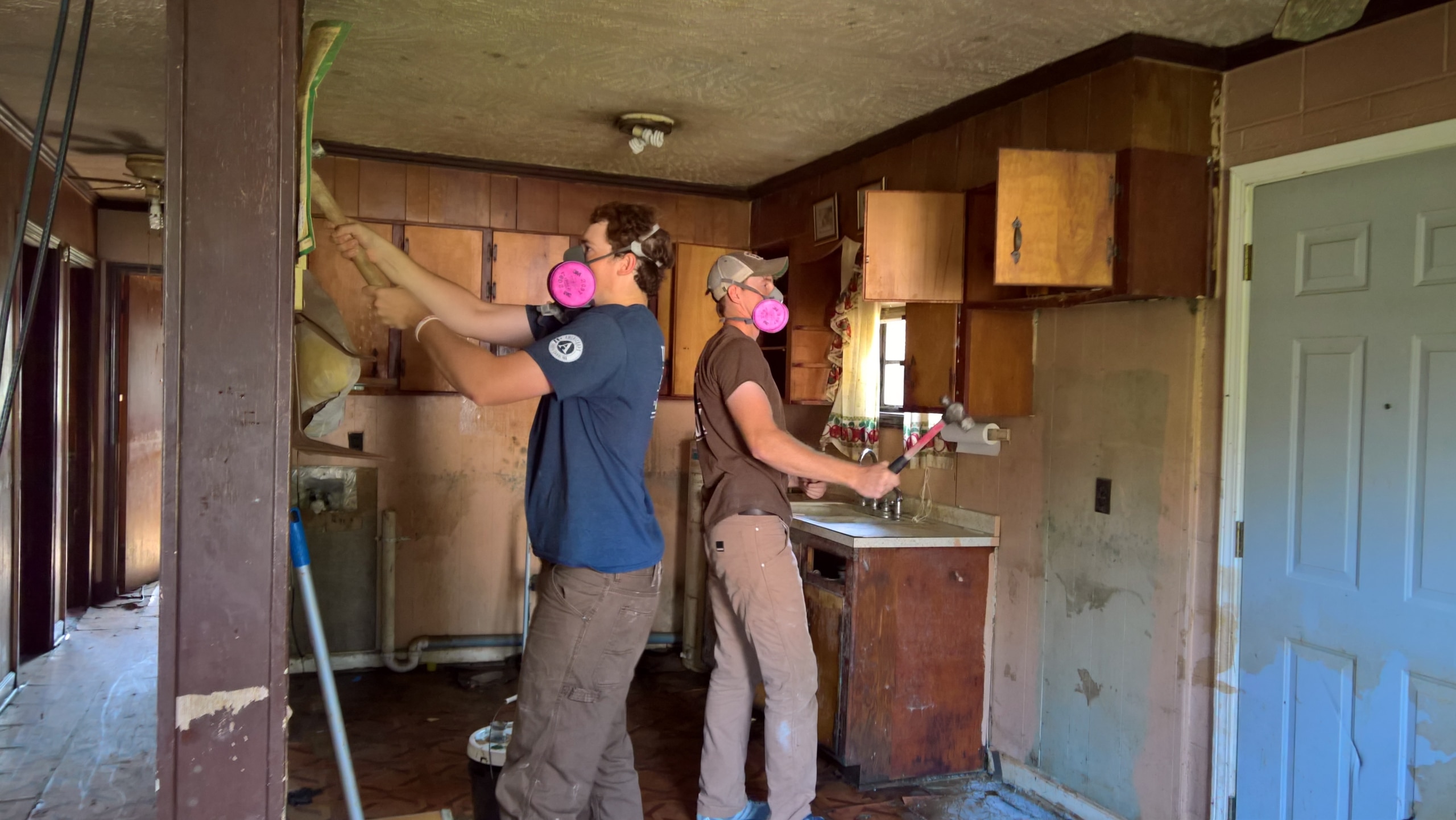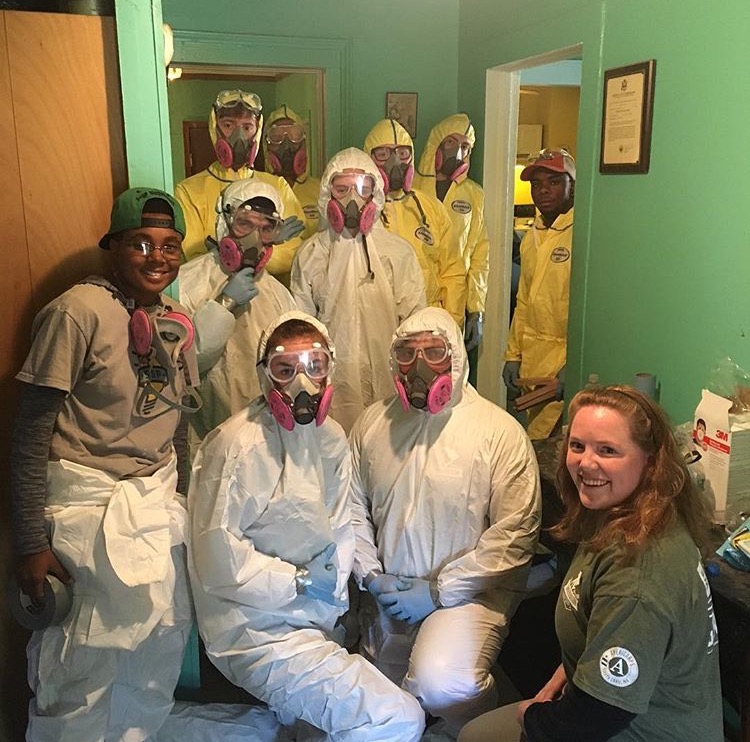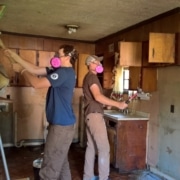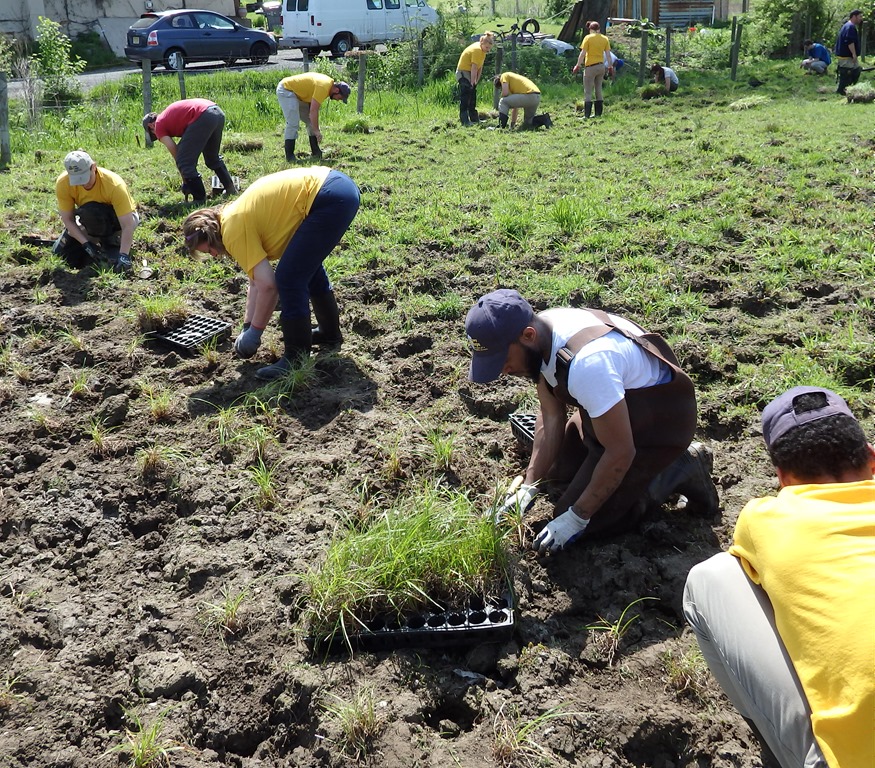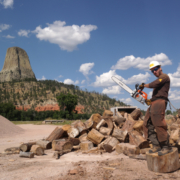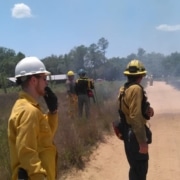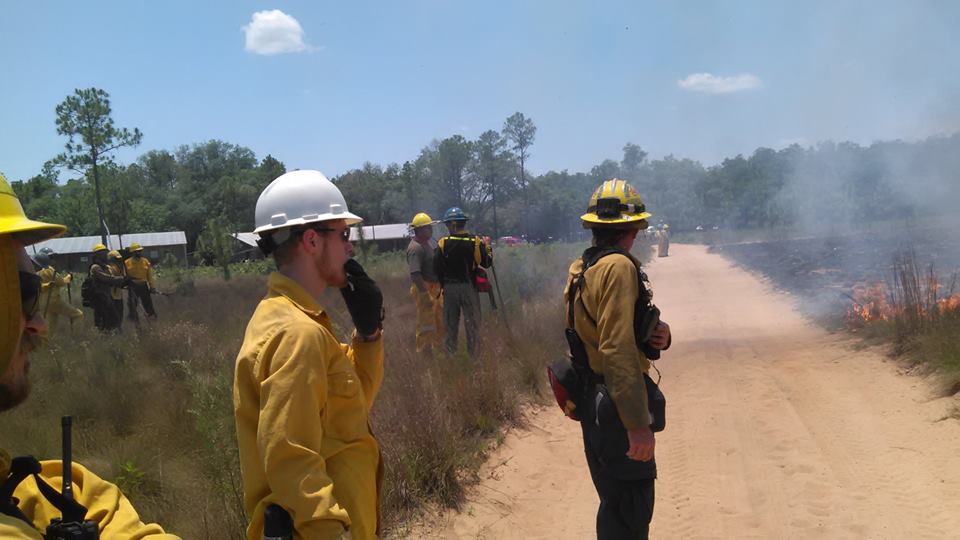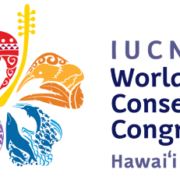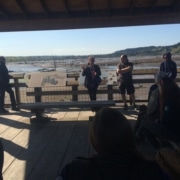Hurricane Matthew Response is first Project for Palmetto Conservation Corps Inaugural Crew
Launched this past August as an arm of the South Carolina-based Palmetto Conservation Foundation, Palmetto Conservation Corps is one of the newest members of The Corps Network. Right out of orientation, the Corps’ inaugural crew headed out to assist the Hurricane Matthew response. Check out this local news report as well as photos and a press release from the Corps. Well done to the crew and thank you for your service!
October 18, 2016
For Immediate Release
Contact: Rachel Price
Palmetto Conservation Foundation
rprice@palmettoconservation.org
803-771-0870
Palmetto Conservation Corps Deploys For Disaster Relief in Horry and Marion Counties
For the next three weeks, the Palmetto Conservation Corps will work out of Conway, SC, to provide disaster relief in Horry and Marion counties following Hurricane Matthew and subsequent flooding.
Both counties experienced wind damage and flooding from the 12 to 18 inches of rain that fell during the hurricane. Severe flooding continued as the PeeDee, Little PeeDee, Lumber, and Waccamaw rivers crested about a week after the storm at heights not seen since the 1920s. Hundreds of homes, farms, public buildings, roads and bridges were damaged in the storm.
The Corps will work for up to three weeks in the two hard-hit counties to assist with immediate needs for disaster relief at no charge to the communities. The work will focus on debris removal and general clean up, and may also include house muck outs, house gutting, mold remediation, potable water distribution, recovery resource guide distribution, call assistance on crisis clean-up hotlines, and assessing damage at housing sites.
Palmetto Conservation Foundation (PCF) launched the Corps in August as the only trail-based AmeriCorps service program for young adults in South Carolina. Most Corps training and service focuses on construction and maintenance of the Palmetto Trail, South Carolina’s premier hiking–bicycling trail that runs across the state from Awendaw in Charleston County to Walhalla in Oconee County.
In addition to trail work, a portion of Corps service is dedicated to disaster preparedness and response. Corps training for this disaster relief deployment has been in partnership with the St. Bernard Project, the South Carolina Commission on Community Service, South Carolina Volunteer Organizations Active in Disaster (SCVOAD), Waccamaw Volunteer Organizations Active in Disaster (Waccamaw VOAD), United Way of South Carolina, North Conway Baptist Church, and First Baptist Church of Conway.
Two members from Columbia’s St. Bernard Project team will join the Corps during this deployment. First Baptist Church will provide housing, and Waccamaw VOAD will feed the crew lunch and dinner on workdays.
